Which of the following pairs is the chain isomer?

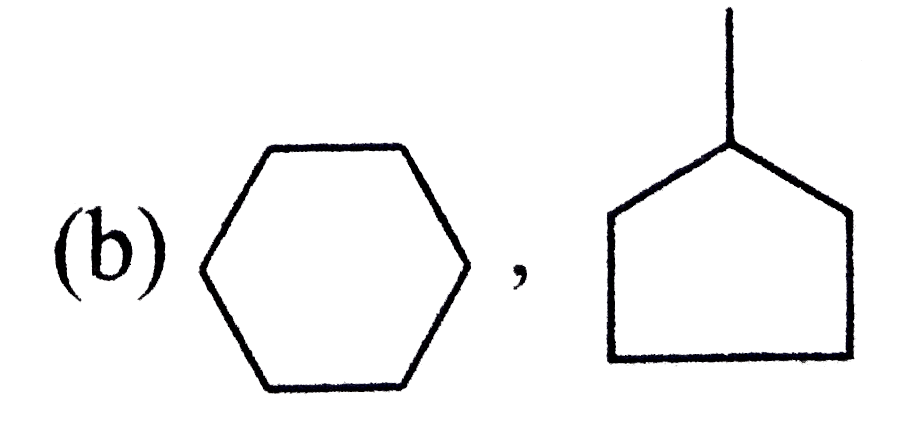

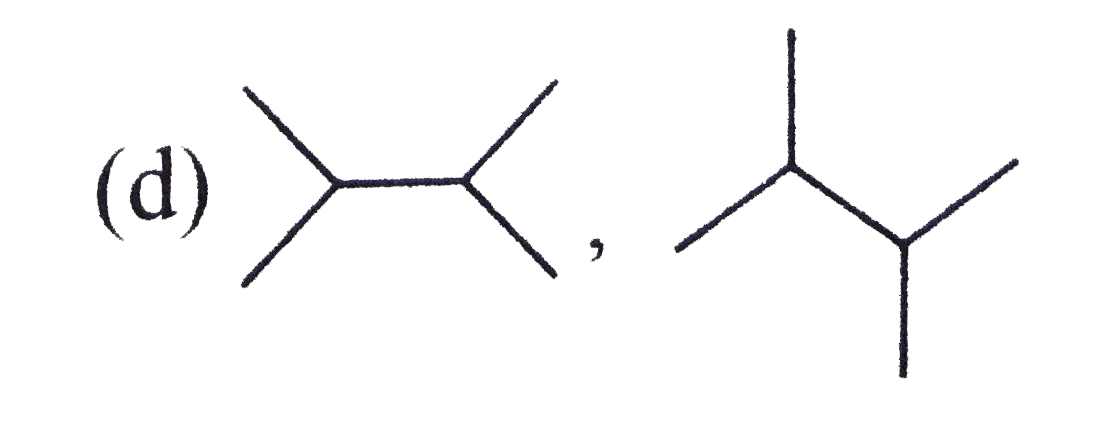
The correct Answer is:B
To determine which of the given pairs are chain isomers, we need to understand what chain isomers are. Chain isomers are compounds that have the same molecular formula but differ in the arrangement of the carbon skeleton. Here’s how to approach the problem step by step:
1. Identify the Molecular Formula:
- For each pair given in the question, write down the molecular formula of each compound.
2. Draw the Structures:
- Draw the structural formulas of each compound in the pair. This will help visualize the arrangement of carbon atoms.
3. Count the Carbon Atoms:
- Count the number of carbon atoms in the longest continuous chain for each compound. This will help identify if they differ in their carbon skeleton.
4. Compare the Carbon Skeletons:
- Check if the main carbon chain differs between the two compounds. If they have the same number of carbon atoms but different arrangements of those carbon atoms, they are chain isomers.
5. Identify the Correct Pair:
- From your comparisons, identify which pair has different carbon skeletons, confirming they are chain isomers.
Example Analysis:
Let’s assume we have the following pairs (hypothetical examples):
- Pair A: C5H12 (n-pentane) and C5H12 (isopentane)
- Pair B: C6H14 (hexane) and C6H14 (2-methylpentane)
- Pair C: C4H10 (butane) and C4H10 (isobutane)
- Pair D: C3H8 (propane) and C3H8 (propene)
1. Identify the Molecular Formula:
- All pairs have the same molecular formula.
2. Draw the Structures:
- For example, n-pentane has a straight chain, while isopentane has a branched chain.
3. Count the Carbon Atoms:
- For Pair A: Both have 5 carbons.
- For Pair B: Both have 6 carbons.
- For Pair C: Both have 4 carbons.
- For Pair D: Both have 3 carbons.
4. Compare the Carbon Skeletons:
- Pair A: Same formula, different structures (chain isomers).
- Pair B: Same formula, different structures (chain isomers).
- Pair C: Same formula, different structures (chain isomers).
- Pair D: Same formula, but propene is not an isomer of propane.
5. Identify the Correct Pair:
- The pairs that qualify as chain isomers are A, B, and C.
Final Answer:
Based on the analysis, the pair that is chain isomers is Pair B (if it was the only one that differed in the longest chain).
- For each pair given in the question, write down the molecular formula of each compound.
- Draw the structural formulas of each compound in the pair. This will help visualize the arrangement of carbon atoms.
- Count the number of carbon atoms in the longest continuous chain for each compound. This will help identify if they differ in their carbon skeleton.
- Check if the main carbon chain differs between the two compounds. If they have the same number of carbon atoms but different arrangements of those carbon atoms, they are chain isomers.
- From your comparisons, identify which pair has different carbon skeletons, confirming they are chain isomers.
- Pair B: C6H14 (hexane) and C6H14 (2-methylpentane)
- Pair C: C4H10 (butane) and C4H10 (isobutane)
- Pair D: C3H8 (propane) and C3H8 (propene)
- All pairs have the same molecular formula.
- For example, n-pentane has a straight chain, while isopentane has a branched chain.
- For Pair A: Both have 5 carbons.
- For Pair B: Both have 6 carbons.
- For Pair C: Both have 4 carbons.
- For Pair D: Both have 3 carbons.
- Pair A: Same formula, different structures (chain isomers).
- Pair B: Same formula, different structures (chain isomers).
- Pair C: Same formula, different structures (chain isomers).
- Pair D: Same formula, but propene is not an isomer of propane.
- The pairs that qualify as chain isomers are A, B, and C.
Based on the analysis, the pair that is chain isomers is Pair B (if it was the only one that differed in the longest chain).
Topper's Solved these Questions
- BOOK - A2ZCHAPTER - SOME BASIC PRINCIPALS OF ORGANIC CHEMISTRYEXERCISE - Tautomerism16videos
SOME BASIC PRINCIPALS OF ORGANIC CHEMISTRY
- BOOK - A2ZCHAPTER - SOME BASIC PRINCIPALS OF ORGANIC CHEMISTRYEXERCISE - Geometrical Isomerism47videos
SOME BASIC PRINCIPALS OF ORGANIC CHEMISTRY
- BOOK - A2ZCHAPTER - SOME BASIC PRINCIPALS OF ORGANIC CHEMISTRYEXERCISE - Bond Fission, Reagents, Reactive Intermediates And Their Stability31videos
SOME BASIC PRINCIPALS OF ORGANIC CHEMISTRY
- BOOK - A2ZCHAPTER - SOME BASIC CONCEPTS OF CHEMISTRYEXERCISE - Section D - Chapter End Test30videos
SOME BASIC CONCEPTS OF CHEMISTRY
- BOOK - A2ZCHAPTER - STATES OF MATTEREXERCISE - Section D - Chapter End Test30videos
STATES OF MATTER
Similar Questions
Knowledge Check
- Question 1 - Select One
Which of the following pair are chain isomer?
A B
B C
C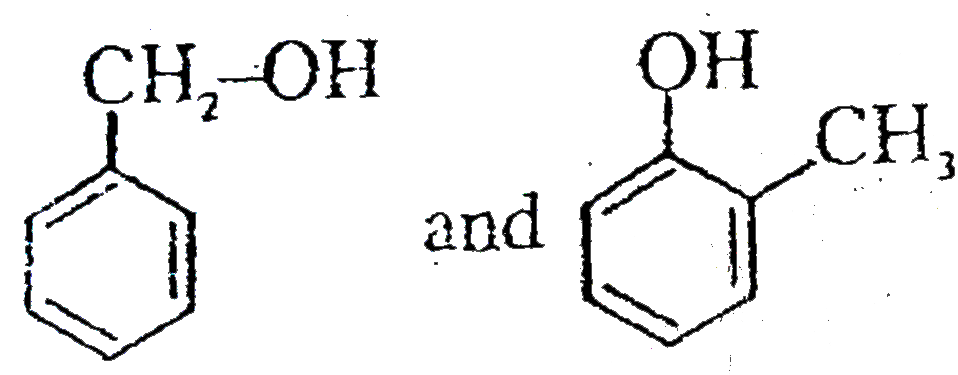 D
D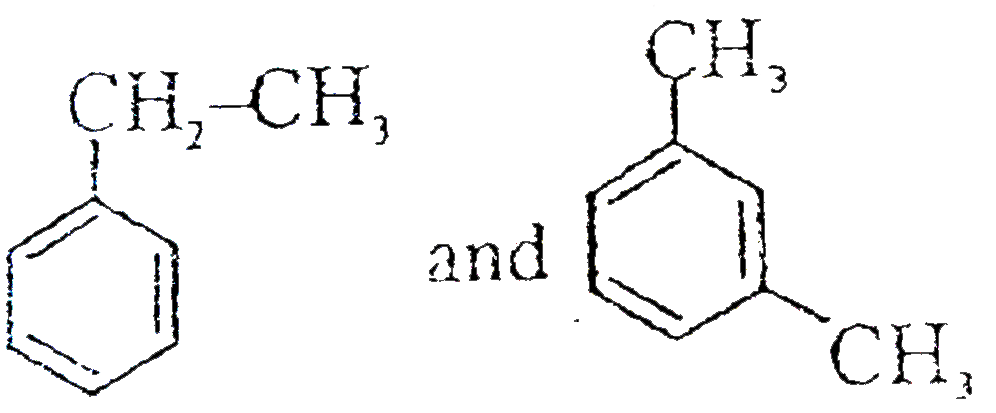
- Question 2 - Select One
Which of the following is not pair of chain isomers :-
A B
B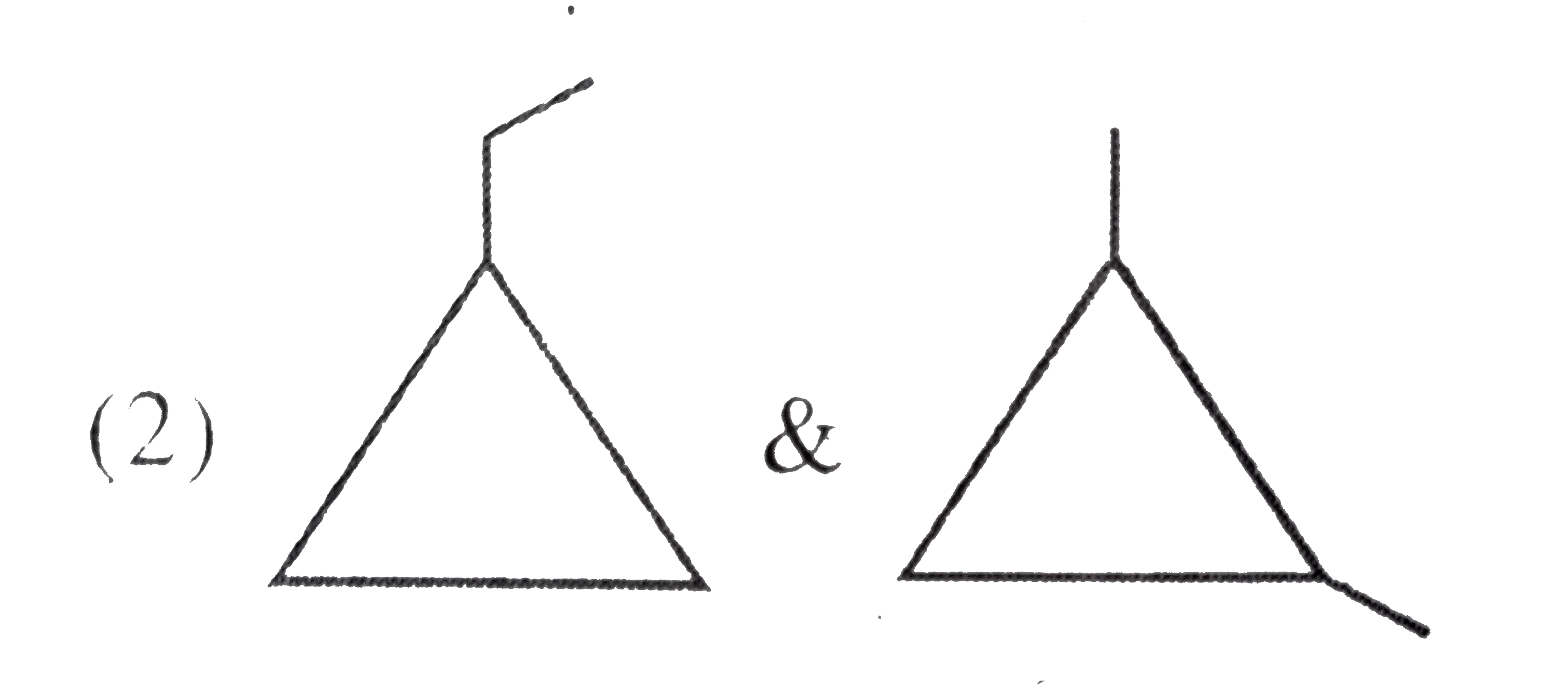 C
C D CH3 CH2−OH | |CH3−C−CH3&CH3−CH−CH3 ∣ OH
D CH3 CH2−OH | |CH3−C−CH3&CH3−CH−CH3 ∣ OH - Question 3 - Select One
Which of the following pairs are positive isomers ?
AI and IIBII and IIICII and IVDIII and IV
Which of the following pair of isomers can not be separated by fractional crystallisation or fractional distillation:
View SolutionWhich of the following is pair of functional isomers ?
View SolutionWhich of the following is pair of ionization isomers –
View SolutionWhich of the following pair of isomers cannot be separated by fractional crystallization or distillation or chromatography ?
View SolutionWhich of the following pairs of isomers is not correctly matched with its type of isomerism ?
View Solution

